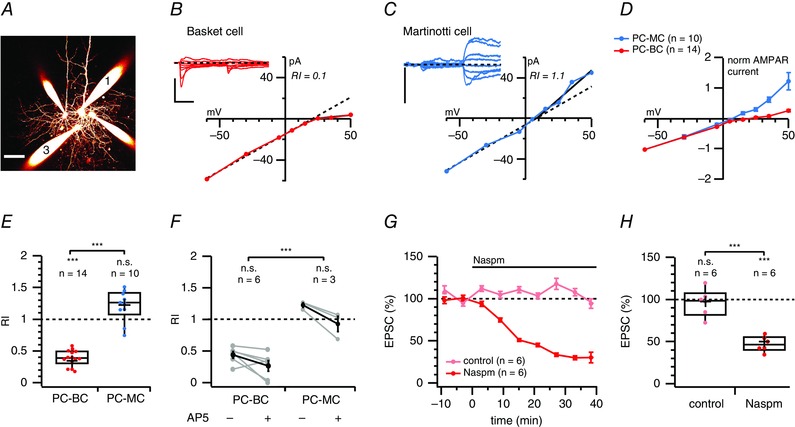Figure 5. Monosynaptic connections from PCs to BCs but not to MCs rectify .

A, 2PLSM maximum intensity projection of a quadruple whole‐cell recording in which cell 1 was a PC connected to cell 3, a BC. These cells were identified by morphology and electrophysiology (see Methods). Scale bar = 50 μm. B, two APs evoked at 30 Hz in PC1 gave rise to short‐term depressing synaptic responses in BC3 (inset, average of 10 traces) that rectified at positive membrane potentials. The RIslope (0.1) was calculated as the I–V slope for voltages more positive than the reversal potential divided by the slope at more negative potentials (see Methods). Dashed diagonal line denotes the expected I–V relationship in the absence of rectification. Scale bars = 10 ms, 100 pA. C, as in (B), but for a PC‐MC connection without inward rectification. As a result of the low initial probability of release, the second EPSC was analysed. Scale bar = 50 pA. D, normalized and averaged I–V curves of PC‐BC connections (red) and PC‐MC connections (blue) indicated that this difference in rectification was specific to synapse type and not a random heterogeneity. E, PC‐BC synapses (red) were inward rectifying, whereas PC‐MC synapses (blue) were not (P = 0.35). The RI of PC‐BC pairs was in addition different from that of PC‐MC connections (Bonferroni corrected). RI values in cells recorded from GIN and WT mice were indistinguishable (0.90 ± 0.06, n = 4 vs. 1.2 ± 0.2, n = 6, P = 0.12). F, in a subset of recordings, we examined whether NMDAR currents biased our CP‐AMPAR rectification measurements but found that AP5 wash‐in had no effect on RI measurements at PC‐BC or PC‐MC connections (paired two‐sample t tests). As in (E), the difference in RI between PC‐MC and PC‐BC connections was significant. G, ensemble averages show the time course of Naspm blockade of PC‐BC EPSC (red) compared to stable mock wash‐in controls (light red). H, mock wash‐in controls were stable (P = 0.81 vs. 100%), whereas Naspm halved the PC‐BC EPSC amplitude, implying the presence of CP‐AMPARs at this connection type.
